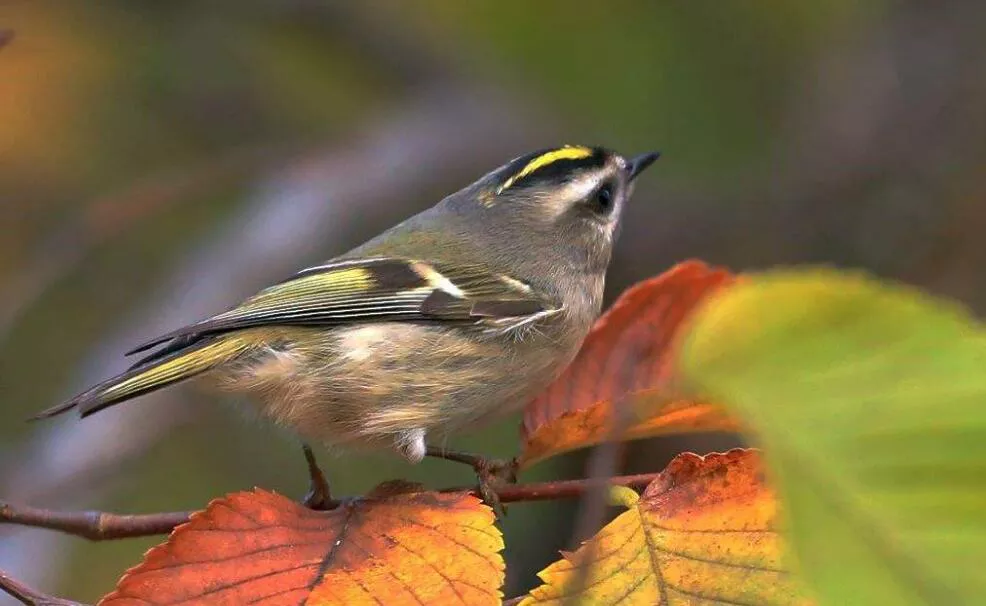The Goldcrest bird, also known as the “king of the birds” due to its regal appearance, is a small and charming songbird native to Europe and Asia. It belongs to the family of kinglets and is the smallest bird found in Europe, measuring only 8-10 cm in length and weighing just 4-7 grams. Despite its small size, the Goldcrest is a hardy and adaptable bird, able to survive in a wide range of habitats and climates.
Physical Appearance
The Goldcrest is a distinctive bird with a bright, golden-yellow crest on top of its head, which gives it its name. The crest can be raised or lowered depending on the bird’s mood, and is particularly visible when the bird is excited or threatened. The rest of the bird’s plumage is a dull greenish-brown color, which provides excellent camouflage in its natural habitat. Its wings are rounded and short, and its tail is also short and slightly rounded.
Habitat and Range
Goldcrests are found throughout Europe and Asia, and can be seen in a wide range of habitats, including coniferous and deciduous forests, woodlands, parks, and gardens. They prefer to live in dense, mature forests with plenty of evergreens, as this provides them with shelter from the elements and plenty of insects to feed on.
Diet and Behavior
Goldcrests are insectivorous birds, meaning they primarily feed on insects and other small invertebrates. They have a high metabolic rate, which means they need to eat frequently to maintain their energy levels. They are also active birds, constantly flitting and hopping through the trees in search of food.
Breeding and Nesting
Goldcrests breed from April to July, and the female typically lays 5-7 eggs in a small, cup-shaped nest made of moss, lichen, and spiderwebs. The nest is usually built in a coniferous tree, close to the trunk and hidden among the foliage. Both parents share the responsibility of incubating the eggs and caring for the young.
Conservation Status
The Goldcrest is considered to be of “least concern” by the International Union for Conservation of Nature (IUCN), due to its large global population and wide range. However, like many other small songbirds, it is vulnerable to habitat loss and fragmentation, and its numbers may be declining in some areas.
In summary, the Goldcrest is a small but fascinating bird with a distinctive appearance and behavior. Despite its diminutive size, it is a hardy and adaptable bird that is found throughout Europe and Asia, and is an important part of many forest ecosystems. Its regal crest and active behavior make it a delight to observe in its natural habitat, and its small size makes it a favorite of birdwatchers and nature enthusiasts alike.


 Facebook
Facebook  Instagram
Instagram  Youtube
Youtube 